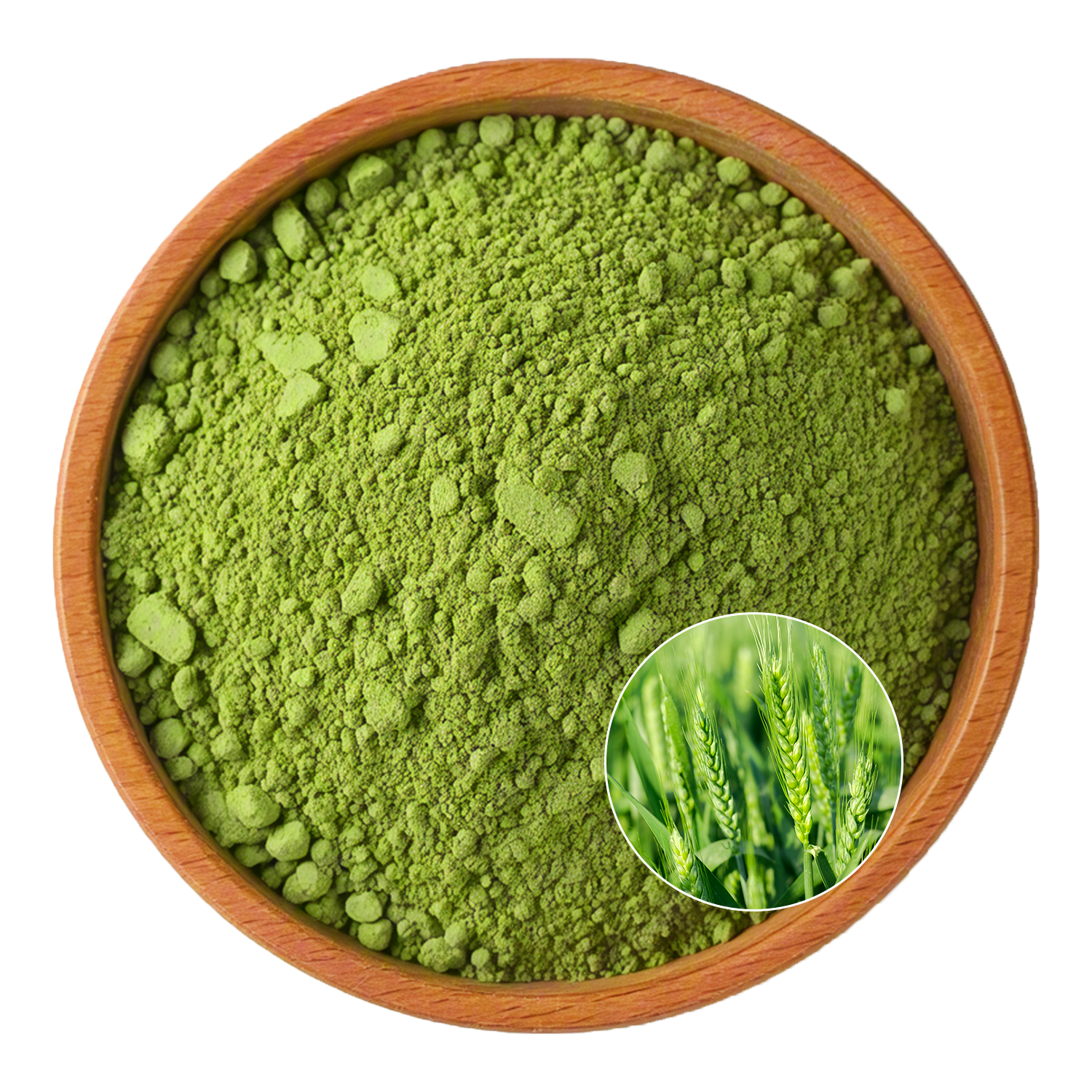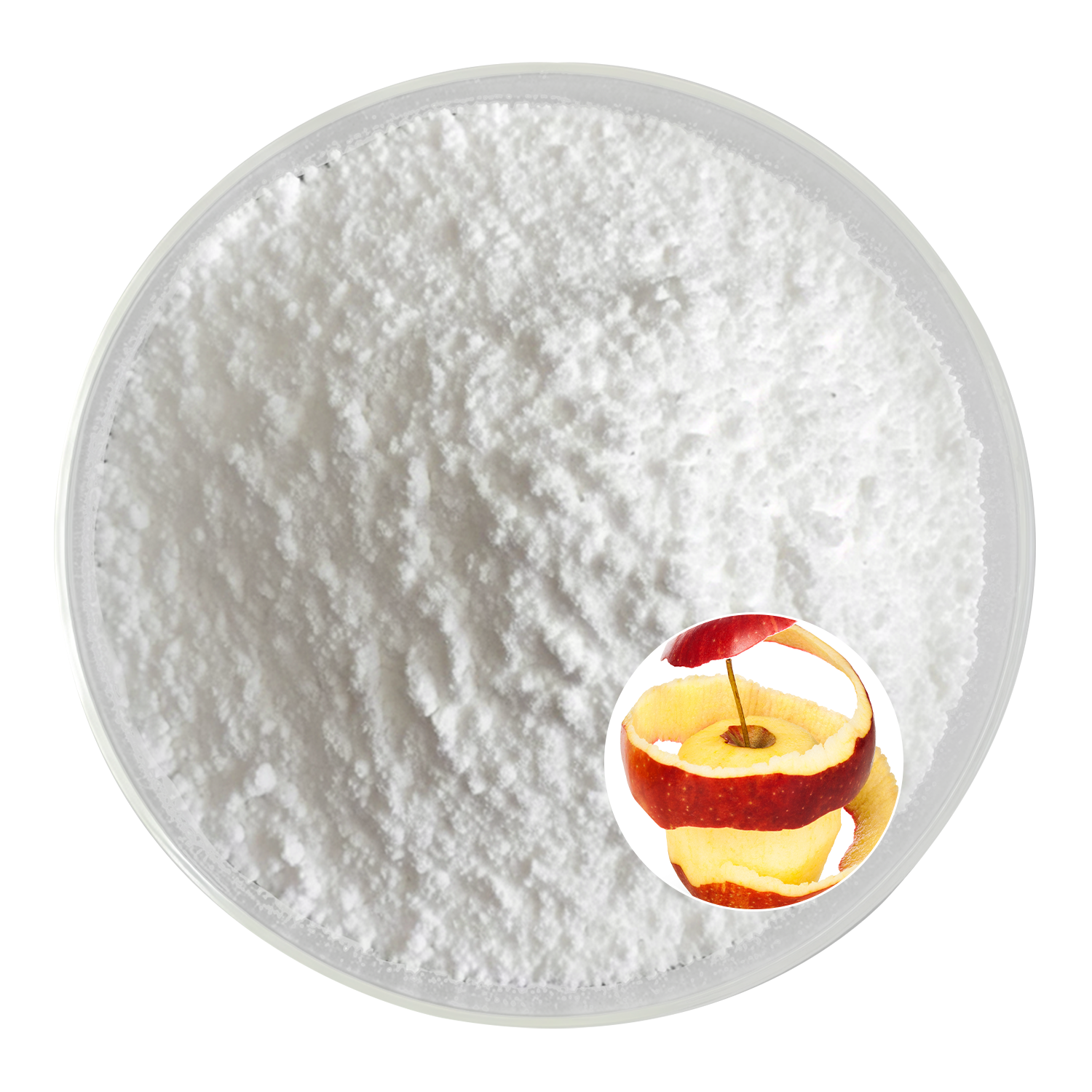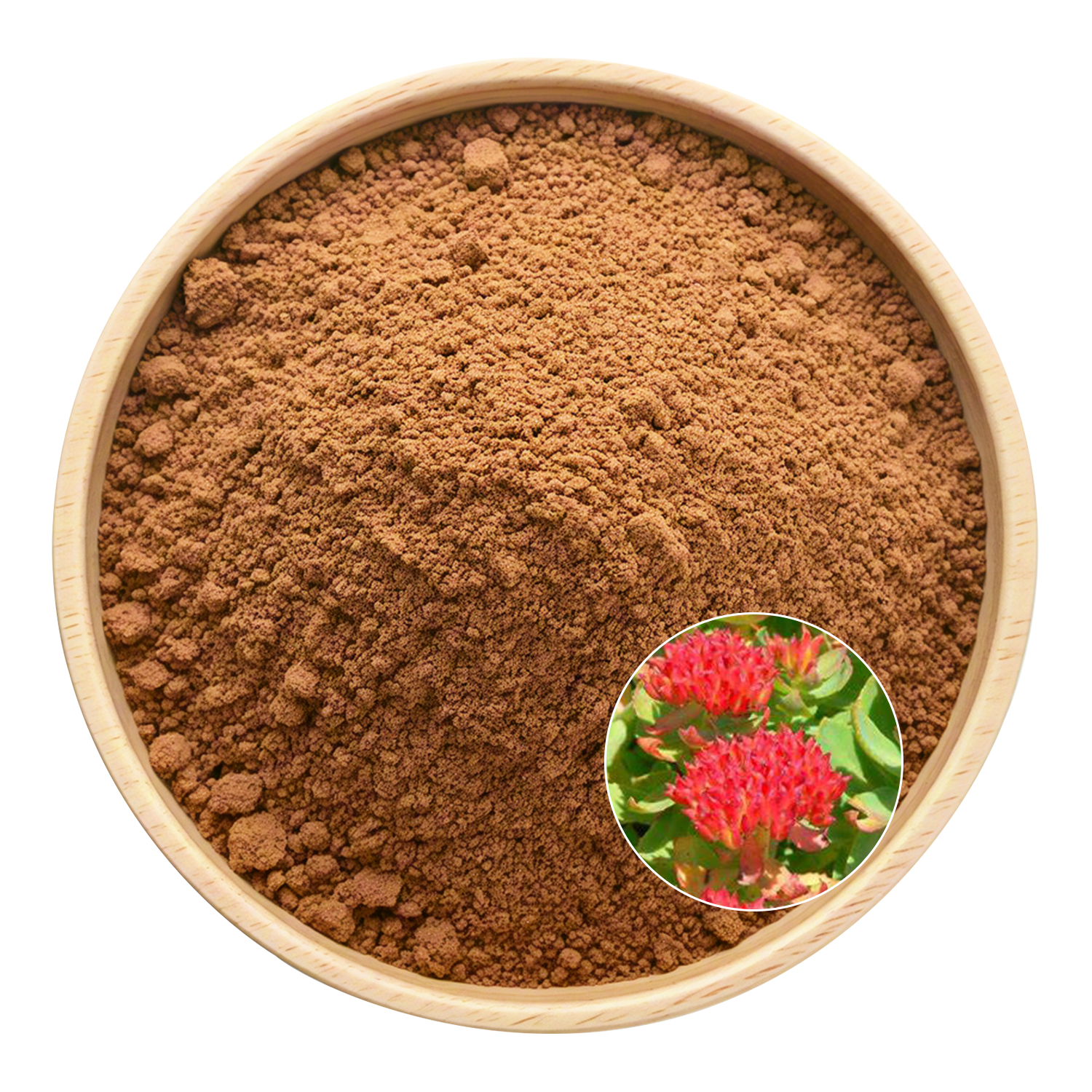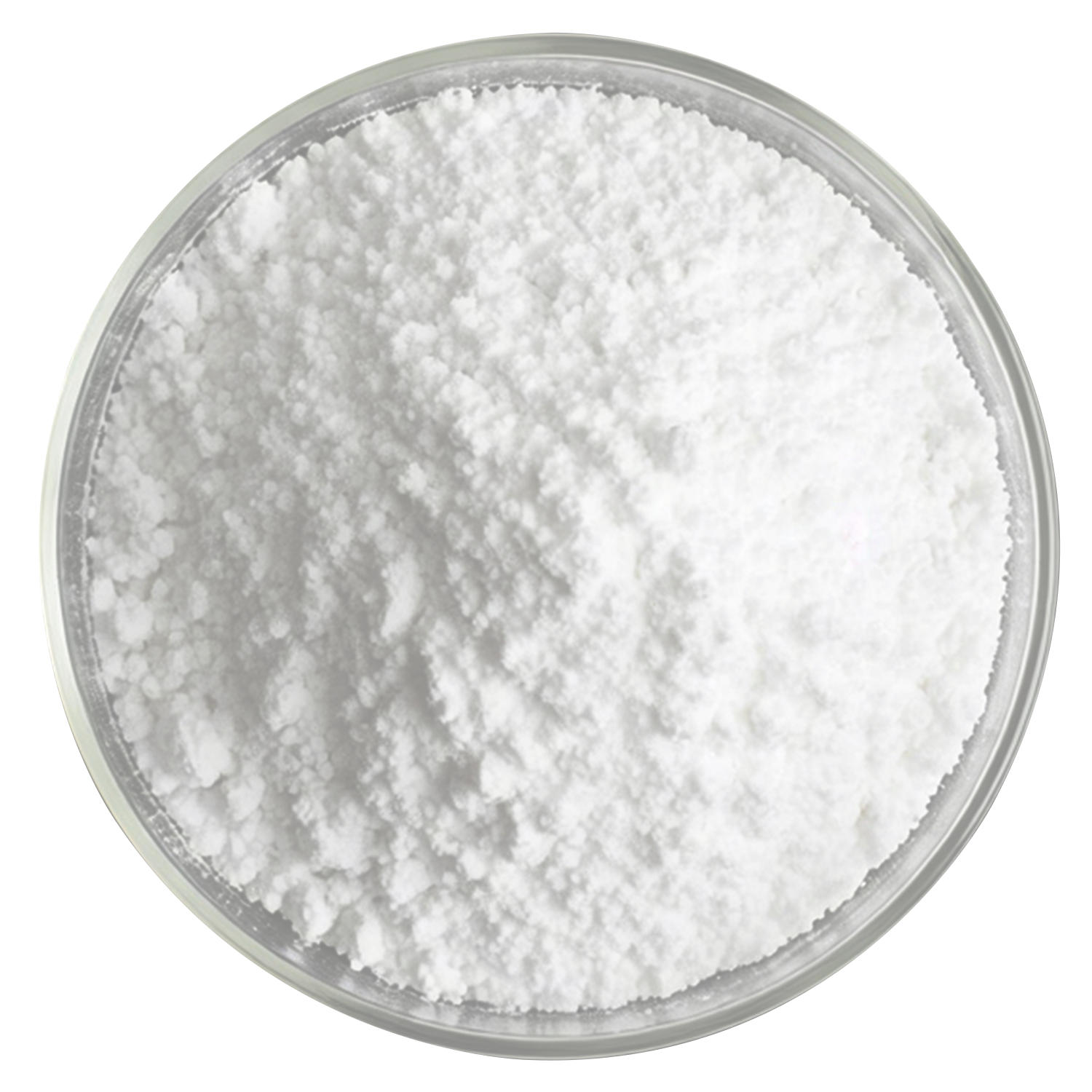
Xi'an Super Supplement Factory
Mobile/Wechat/Whatsapp: +86-15995296643
Email:Cora@durlevel-supplement.com
**Cortex Eucommiae Extract** is obtained from the dried bark of *Eucommia ulmoides* Oliver, a deciduous tree native to China. Known as Du Zhong in traditional Chinese medicine, it has been historically used to support musculoskeletal health. Contemporary scientific interest focuses on its unique phytochemical profile, particularly:
• **Primary Bioactives:**
- Lignans (e.g., pinoresinol diglucoside)
- Iridoids (e.g., geniposidic acid)
- Phenolic compounds
**Research Areas of Interest:**
1. **Musculoskeletal Support:** Preliminary studies suggest possible effects on collagen metabolism and bone density in animal models.
2. **Cardiovascular Research:** Some evidence indicates potential vascular relaxation properties in vitro.
3. **Antioxidant Activity:** Demonstrated free radical scavenging capacity in biochemical assays.
**Current Applications:**
- Dietary supplement ingredient (primarily in Asian markets)
- Botanical reference material for research purposes
- Traditional herbal preparation component
**Quality Considerations:**
Standardized extracts typically specify:
- Pinoresinol diglucoside content (usually 2-8%)
- HPLC-verified phytochemical profiles
- Heavy metal and pesticide residue testing
**Important Notes:**
1. **Evidence Status:** Most data come from traditional use records and preclinical studies.
2. **Safety:** Generally recognized as safe at traditional usage levels.
3. **Regulatory Status:** Approved as a dietary ingredient in some Asian countries; not GRAS-listed in the US.
**Conclusion:**
While Cortex Eucommiae extract shows interesting phytochemical characteristics, more rigorous clinical research is needed to substantiate potential health applications. It remains an important subject for further phytopharmacological investigation.
FAQ
 Customer Service
Customer Service
















